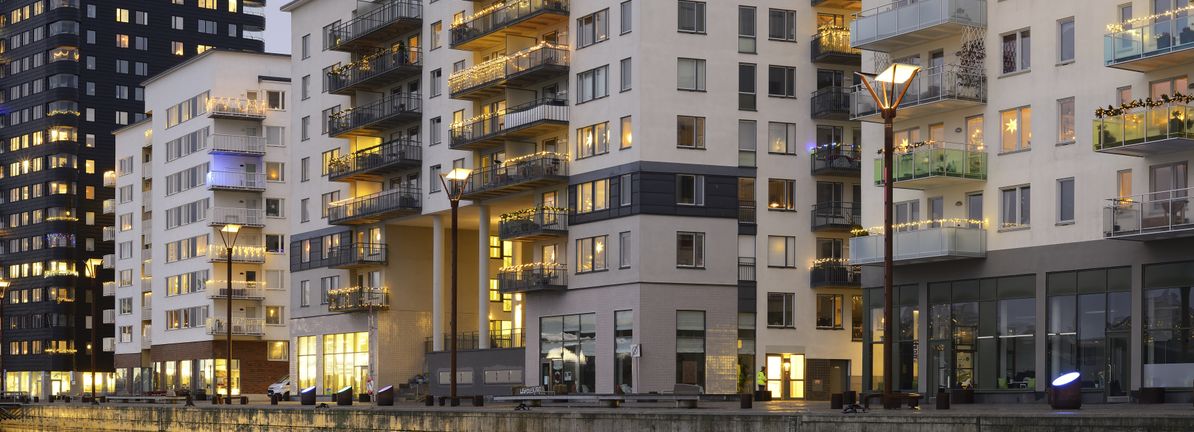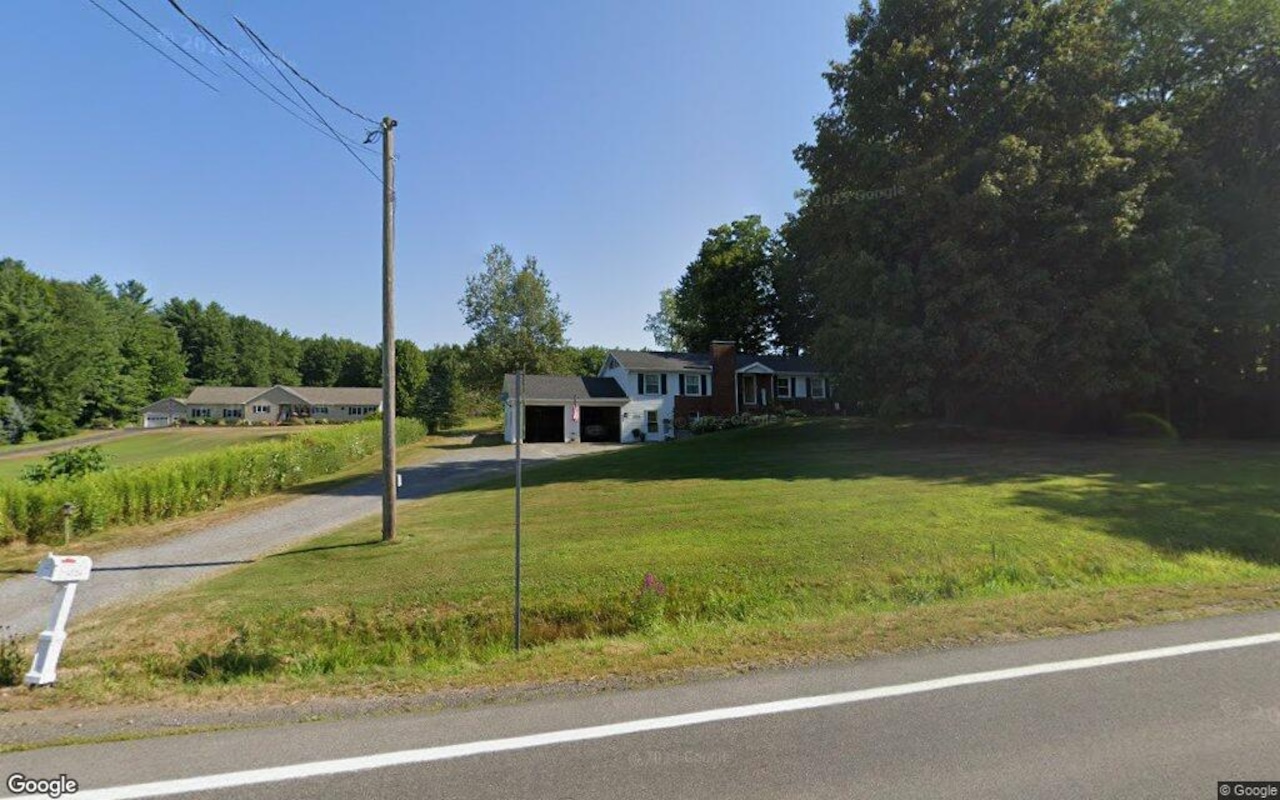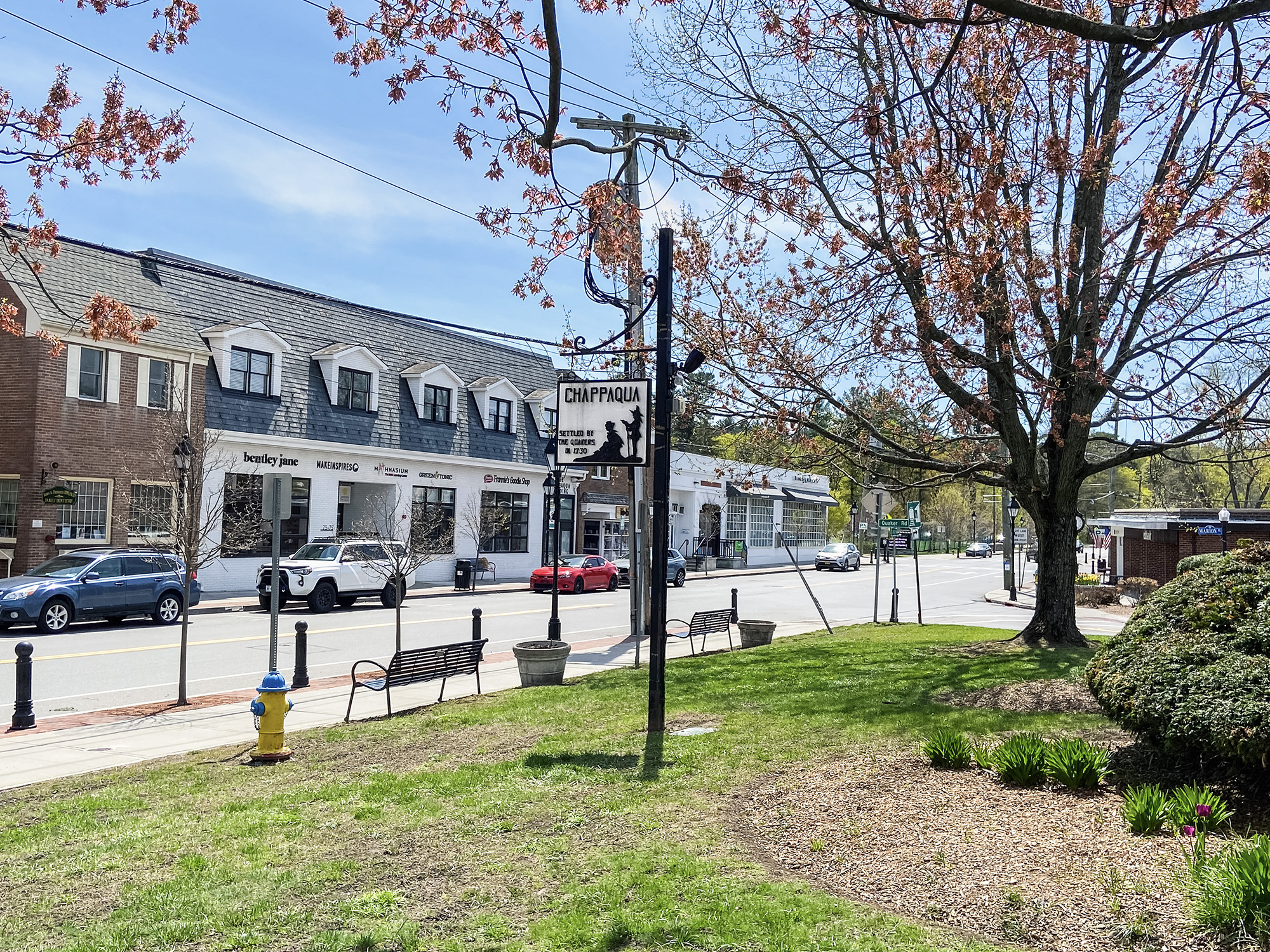I
n September, nearly one‑fifth of U.S. homes on the market saw their asking price lowered, a figure that matched August’s 19.9% but still edged higher than the same month last year. The steepest reductions—21.6%—occurred in the $350,000‑$500,000 bracket, while properties above $1 million were less likely to cut prices, dropping only 13.3%. “Price cuts are more common at the lower end of the market; higher‑priced sellers tend to hold firm,” said Jake Krimmel, senior economist at Realtor.com, noting that this trend explains why national and many metropolitan median prices appear steady even as buyers at more affordable levels find more room to negotiate.
High‑end sellers often possess greater financial flexibility, equity, or are listing second homes, giving them the option to wait rather than slash prices. In contrast, entry‑ and mid‑tier sellers usually need to sell to purchase another home, making them quicker to adjust. Krimmel added that the market’s recent balance has made price reductions a clear signal of a shift toward a more buyer‑friendly environment. “In 2025, more listings have seen price cuts than in any year since the pandemic, and certainly since mortgage rates surged in 2022 and demand collapsed,” he said.
Regional differences were pronounced last month. Only 14% of listings in the Northeast trimmed prices, compared with roughly 21% in both the South and West. Among major metros, Denver led with 30.7% of homes reduced, followed by Portland at 30.2% and Indianapolis at 29.7%.
Active inventory rose 17% year‑over‑year in September, keeping the number of homes on the market above one million for the fifth consecutive month. Yet supply remained nearly 14% below pre‑pandemic levels. Median time on the market climbed to 62 days, a week longer than the previous year. The median list price held steady at $425,000, flat from a year ago but still about 36% higher than in 2019.
Mortgage rates also influenced the market. Freddie Mac reported on September 25 that the average 30‑year fixed‑rate rose to 6.3% from 6.26% the week before, up from 6.08% a year earlier.
Krimmel observed that this summer’s housing market has shown regional divergence, with the South and West softening while the Northeast and Midwest remained resilient. “Price cuts stand out as one of the few trends uniting markets nationwide,” he said. “Rising inventory, longer time on market, and affordability pressures are pushing sellers everywhere to reset expectations and price accordingly.”












